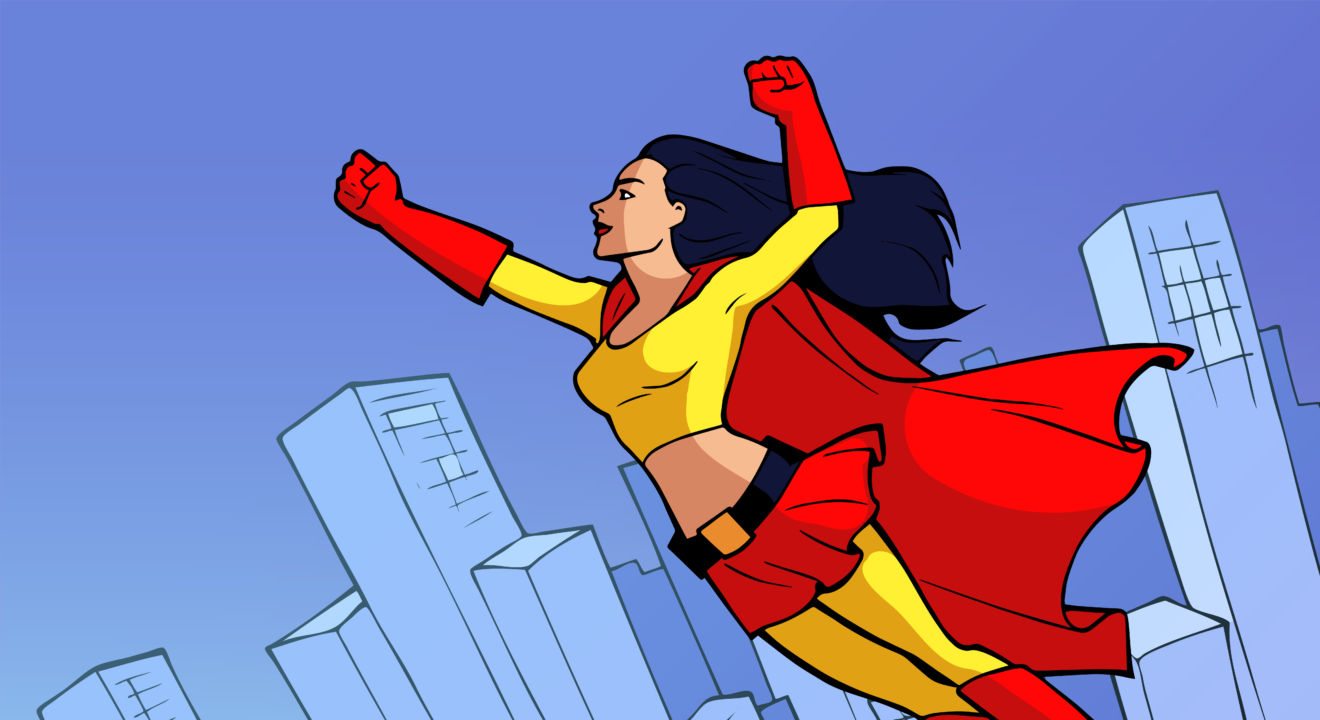Uncategorized May 15, 2017


Besides her bravery, determination, kindness, strength, and just general “bad ass-ness”, Wonder Woman is known, within general popular culture, for her star-spangled costume. Often usually her costume is thought of before her strength of character is addressed. She’s thought of as a nerd boy fantasy rather than one of the most influential and physically strong characters in the DC by non-avid fans.
This general phenomenon follows into the rest of the comic world. The portrayal of strong female characters is often followed up by a hyper-sexualized drawing
Look at Power Girl. Though she is essentially an alternate dimension version of Supergirl, she is most well known for expansive “boob window” in her costume. She is a strong and feminist character though most fans simply know her for her expansive amount of cleavage.
Nerd urban Myths state that her original artist Wally Wood planned to draw Power Girls boobs bigger and bigger till his editor noticed. Wood apparently left the comic before they did, and she was busting out. While there is no problem with the boob window as a fashion choice, it physically makes no sense. It’s simply not practical for super hero fighting.
High heels and thongs aren’t exactly conducive to running after hardened criminals. They’re usually just placed for aesthetics. While the point could be made that “its comics! People are flying what’s realistic about that in the first place?” it’s an important point to make. Power Girls swelling chest is just one of many examples that have turned up with the over sexualized under-realistic drawings of female characters. Another example of this was with the now infamous booty-centric drawing of Spider Woman by Milo Manara. It gained a lot of fan criticism, one for the physical impossibility of the pose and the over-sexualization of it.
Often this sexualization of female heroes is a result of the stereotype that readers of comic books are male and caters to that audience. According to market research down in 2014 , this is isn’t actually true. 46.67 percent of comic readers are female.
By creating female characters that are simply treated as eye candy or as victims to further male characters stories ( see the Women in refrigerators website by writer Gail Simone to get a full list and explanation of the trope) writers and artists isolate around half of their readers as well creating , according to studies by Hillary Pennell and Elizabeth Behm-Morawitz at the University of Missouri, and lower body image, impact views of gender roles and self objectification
Despite this unfriendly environment, female fans have continued to read comics. They’ve even reacted in comedic ways to the sexualization of their gender in comics. The Hawkeye Initiative , started on Tumblr in 2012, is a phenomenon where artists redraw the Marvel hero and Avenger Hawkeye in the ridiculous sexual poses female characters are placed in. This is done to point out how ridiculous and unnatural these poses are. It’s also just funny.
As representation in comics grows, such as with the new Iron Man, the idea of thong-bearing super heroine in six inch heels is becoming a thing of the past.
Sorry, no related posts found.